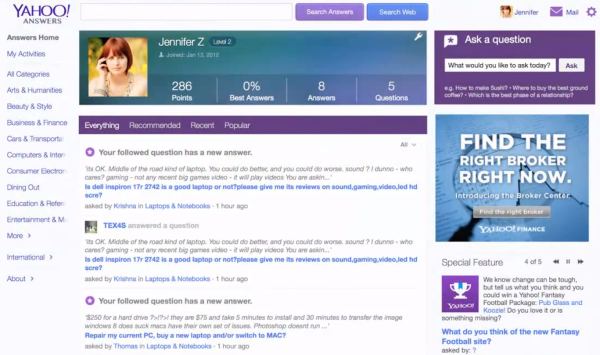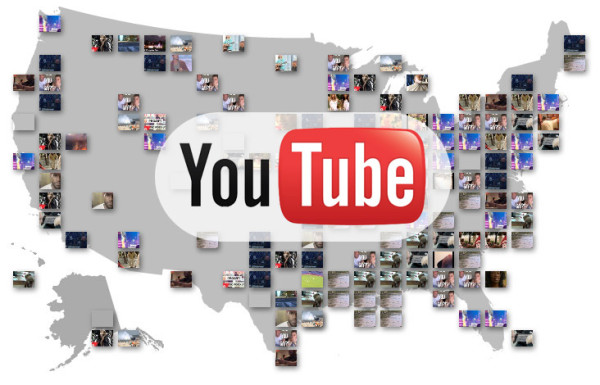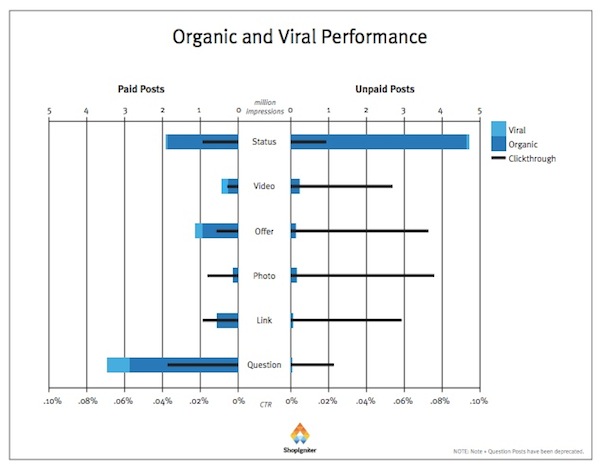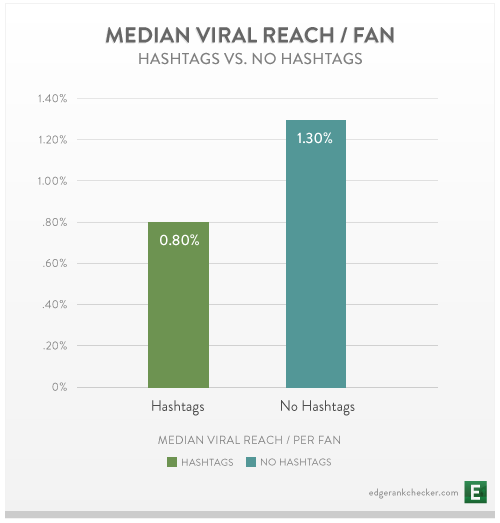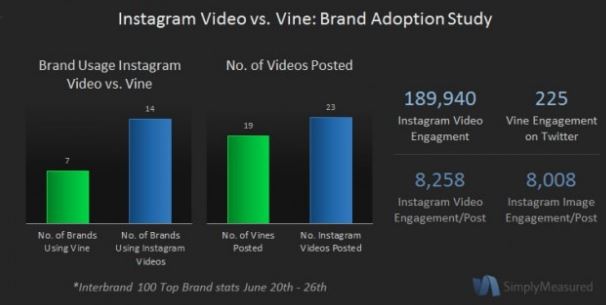Brands looking to extend their user engagement and find new ways to reach out to the public may have a new avenue out of an older web property. Yahoo has totally revamped their Answers site, attempting to bring it back to relevancy and making it more social and mobile friendly.
Answers used to be a thriving Q&A network, but over time it has really fallen in terms of quality, reliability, and general usage. Greg Sterling argues that it is still the most successful “help engine” though in my opinion that is questionable. One issue that led to Answers’ downfall was lack of quality control.
Either way, the years have not been kind to the property, just like numerous other Yahoo properties. Now CEO Marissa Mayer has decided to update and revive Yahoo’s products and Answers is the most recent to get the treatment.
The new features on Answers build in more social aspects, as well as making the site mobile friendly. Users will notice they can now add images and videos to their posts. The hurdle they have to overcome now is curating and improving the quality of the property.
If Yahoo follows through with quality control, Answers may very well offer some lucrative opportunities for audience outreach. One of the best services a brand can offer online consumers is to answer their questions reliably and honestly. It builds trust in the brand as well as cementing your reputation in your field.
It still remains to be seen if Answers will prove to be valuable, but it is something to keep an eye on.

